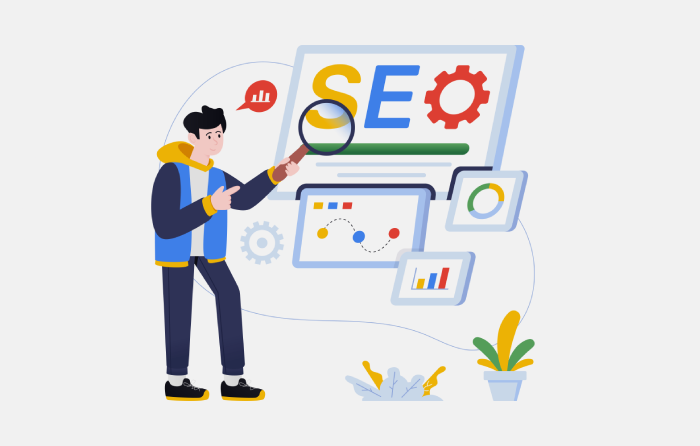How to increase traffic to website through content & SEO

In the digital age, it is important for businesses and individuals to have a website. But just having a website isn’t enough, driving traffic is just as important. Two powerful ways to achieve this are through content marketing and search engine optimization (SEO). In this blog, we will explore advanced ways to increase website traffic by combining content and SEO.
Have a business blog
First and foremost, business needs a blog where we can post useful, long-form content to our website on a regular basis. This is unthinkable. Companies that blog get over 97% of the links to their websites. Companies that blog get 55% more website visitors than businesses that don’t. Entrepreneurs with blogs are 13 times more likely to have a positive ROI.
Focus on evergreens
While trending news and headlines can increase traffic in a short amount of time, it’s not worth the time and effort. Always create content on topics of interest to our audience. These evergreen posts will accumulate traffic and links over time, especially if we update them regularly.
High quality Content
Content is king in the digital realm. Create high-quality, engaging and relevant content that is relevant to our target audience. Regularly update the website with new content to keep visitors coming back for more.
Strategic content promotion
Creating content is just the first step; It is equally important to promote it appropriately. Share content on social media platforms, email newsletters, and other applicable channels to reach a wider audience.
Understanding the foundation:
Keyword understanding is key to launching a successful journey to increase website traffic. Keyword research is the foundation of effective SEO strategies. Identify relevant primary and secondary keywords that match your content and business niche.
Benefits of On-Page SEO elements
On-page SEO plays an important role in ranking higher in search engines. Optimize website’s on-page content, including metatags, headers, and images, to maximize visibility on search engine results pages.
Benefits of Off-Page SEO elements
Off-page SEO enhances credibility and authority by obtaining high-quality backlinks from reliable sources, which has a favorable impact on search engine rankings. Off-page optimization also takes into account outside elements like authority, experience, and competence that influence how search engines and users view a website. This all encompassing strategy aids websites in building a solid online reputation, drawing in valuable visitors, and eventually succeeding over the long term
Optimization for mobile users
With the increased use of smartphones, optimizing our website for mobile users will be good. Make sure the website is mobile-friendly to provide a seamless experience for users on all devices.
Monitoring and evaluating performance
Monitor website’s performance regularly with analytics tools. Analyze user behavior, track conversions, and evaluate the effectiveness of your SEO and content strategies. Adjust the approach with data-driven insights.
Connecting with your audience
Building a community around our brand increases loyalty and increases return traffic. Respond to comments, encourage discussion, and actively engage with audiences on social media.
Make an awesome scene
Use design tools to define concepts, visualize data, and reframe patterns in branding. If other websites use our images, they will link back to our site. In addition, Google tends to show more images in search results, giving you more opportunities to increase the appeal and ranking of your results.
Long-tail keywords
Long-tail keywords, on the other hand, are easier to rank for, and will drive more relevant traffic to your website.
Improve page speed
Ever find yourself waiting thirty seconds for a web page to load? And I don’t do that either. If our site takes constantly to load, our bounce rate will be sky-high. Speed has always been a ranking factor, but now it’s even more so with updates to the page experience. Make sure the pages are as technically optimized as possible, including image file size, page layout, and third-party plugin functionality. The faster our site loads, the better.
Conclusion
Websites can improve their search engine ranking by producing relevant, high-quality content that matches user intent and is optimized using SEO best practices. Using smart meta tags, well-thought-out keywords, and an easy-to-navigate website are essential for attracting organic visitors. A consistent and expanding readership is ensured by the ongoing efforts to create high-quality content and modify SEO strategies in response to changing search engine algorithms. A well-executed combination of content creation and SEO optimization is key to driving meaningful and targeted traffic to a website. Remember that success in the digital landscape is a journey, not a destination.


